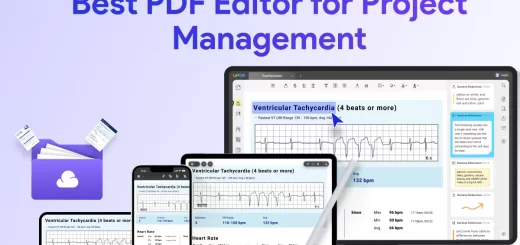4 Steps to Creating and Managing a Project Budget

Most projects revolve around goal achievement. Therefore, they’re quite important to most businesses. Business owners and project managers aim to realize all projects since they often contribute to achieving the bottom line. One sure way of realizing projects is by creating budgets.
A budget will help you manage your project finances, which are core to ensuring you complete the project successfully. This begs the question; how do you create and manage a project budget? Read on to find out the steps you can take for successful budget creation and management.
It’d help to:
1. Know The Scope Of Work
Any project has the activities that it requires to bring it to completion. These activities are referred to as the scope of work. It’s essential to know them before setting out a budget. Your project manager should assist you in developing the list.
With the list down, allocate approximate costs to each activity. Be sure to factor in labor, materials, and other services you might need for each step. Once you’ve exhausted the list, you’ll have arrived at the amount you’re likely to spend on the project. However, it doesn’t end there.
You expect everything to go as planned during project execution, but this isn’t always a surety. Unexpected events can happen which need funding. Since they weren’t part of your budget, you’ll spend more, which might affect the execution of other activities. Therefore, you must factor in the unexpected events by adding extra money to your final figure. Be accommodative as possible with this figure.
2. Find The Funds
Your project will require funds for you to actualize it. This discussion has divulged information on arriving at your project’s approximate cost. The information allows you to find sufficient money to kickstart your project.
Most projects tend to amount to a lot of money, which can scare you from executing them. However, this shouldn’t be the case. You have two major options should you have a big budget.
One, consider seeking financing options, like working capital loans. They’ll help you start the project even as you avail more money independently. However, be sure to take a loan amount you can easily pay and ensure you have a recovery plan. You don’t want to end up with bad debts.
Alternatively, it’d help to divide your project into phases. With phases, you can focus on finding funds for the first two to enable you to start and continue your project. As you execute these two, you’ll find the money to fund the next phase, and so on, until you complete your project. The phases make it financially manageable for you instead of one big lump sum.
3. Check Previous Budgets
Budgets are often part of every project. Therefore, you’re likely to have the budgets from your previous project. Before finalizing your current budget, take out the previous ones, especially those whose projects are similar to the current one.
From the budgets, check to see if you managed to stick to them. If not, what factors led to this? Was a given party not conscious of their spending? Did you source materials from expensive suppliers? Such insight will help you identify the mistakes you previously made and prevent them from reoccurring in your current project. Doing this increases the chances of you creating a viable budget you can stick to.
4. Adopt Cost Control
You’ve probably heard the statement that it’s one thing to have a budget and another to stick to it. Well, this statement is true; therefore, you must be wary to ensure you stick to your project budget. How’ll you do this? It’s simple, adopt cost control.
Cost control is a mechanism that enables you to monitor your project cost from inception to completion. It’ll help you remain within your budget. You’ll notice any deviation, enabling you to get back on track on spending before it’s too late to make amends. However, for cost control to be effective, two things must happen.
One, you must inform and involve your project management head and other team leaders overseeing the project. Before the project starts, let each party know the maximum they can spend to execute their roles. With this knowledge, they’ll plan better to avoid offsetting their budgets.
Two, it’s essential that you allocate personnel to handle cost control. With other operations, you might find it challenging to keep up with the monitoring. However, cost-control personnel will check your budget and disperse funds accordingly to the various activities. Should a given activity consume more within a short time frame, yet there’s a long way to go, the personnel will inform the one in charge, who’ll take necessary measures to prevent funds depletion.
Conclusion
The discussion above shows that budget creation and management are achievable. You’ll have an easy time with the right guidance as this article gives. Therefore, consider implementing the tips given herein, and you’ll complete your project as planned without financial hitches, all other factors constant.











